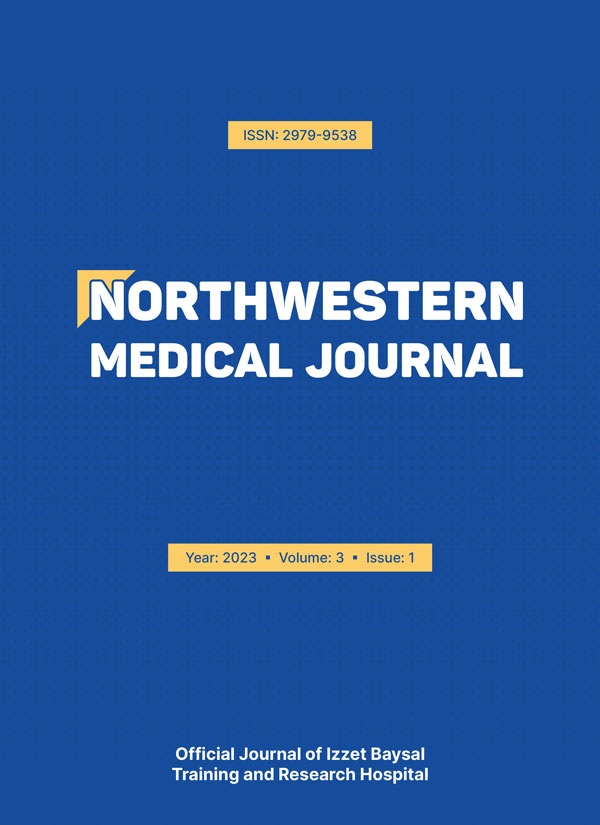Abstract
Aim: This study aimed to evaluate the frequency of temporomandibular disorders (TMD) among students at the Abant Izzet Baysal University Medical Faculty in Turkey.
Methods: Two hundred eleven medical students aged between 18 and 30 were included in the study. The presence and severity of TMD were evaluated using the Fonseca Anamnestic Index (FAI). Parafunctional habits, bruxism, and orthodontic treatments potentially associated with TMD were investigated.
Results: No TMD was determined in 87 (41.2%) of the participants, mild TMD in 82 (38.9%), moderate TMD in 37 (17.5%), and severe TMD in five (2.4%) in the evaluations performed using the FAI. The frequency of TMD was significantly higher in women compared to men (p<0.05). The incidences of parafunctional habits and self-reported bruxism were significantly higher among participants with TMD compared to those with no TMD (p<0.05). The severity of TMD also increased significantly in the presence of parafunctional habits and bruxism (p<0.05).
Conclusion: The incidence of TMD among medical students was 59% and female gender, parafunctional habits, and bruxism were found to be associated with the disorders.
Keywords: Fonseca’s Anamnestic Index, prevalence, temporomandibular joint disorders
Copyright and license
Copyright (c) 2023 The Author(s). This is an open-access article published by Bolu İzzet Baysal Training and Research Hospital under the terms of the Creative Commons Attribution License (CC BY) which permits unrestricted use, distribution, and reproduction in any medium or format, provided the original work is properly cited.









